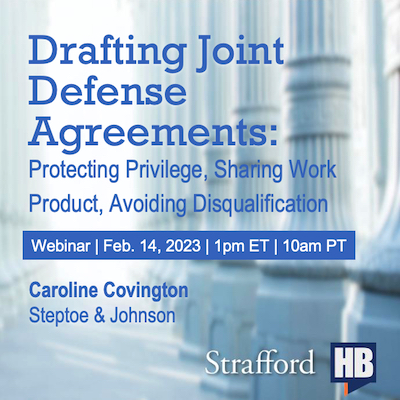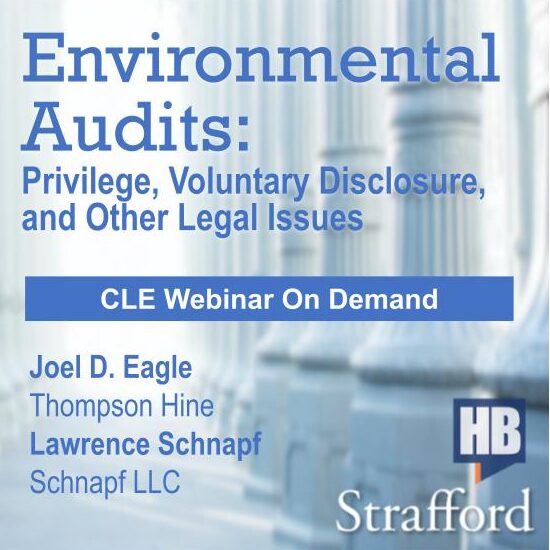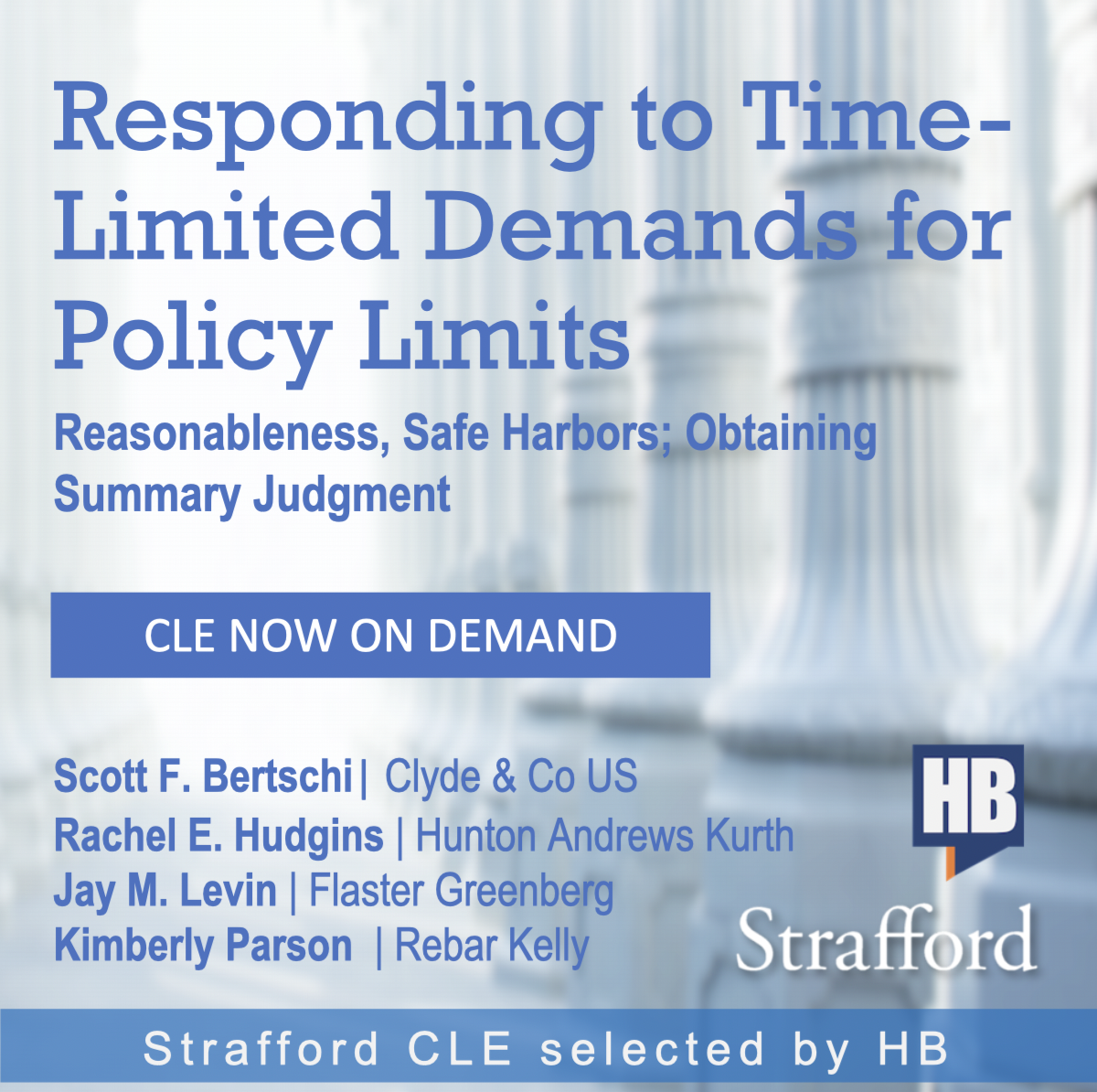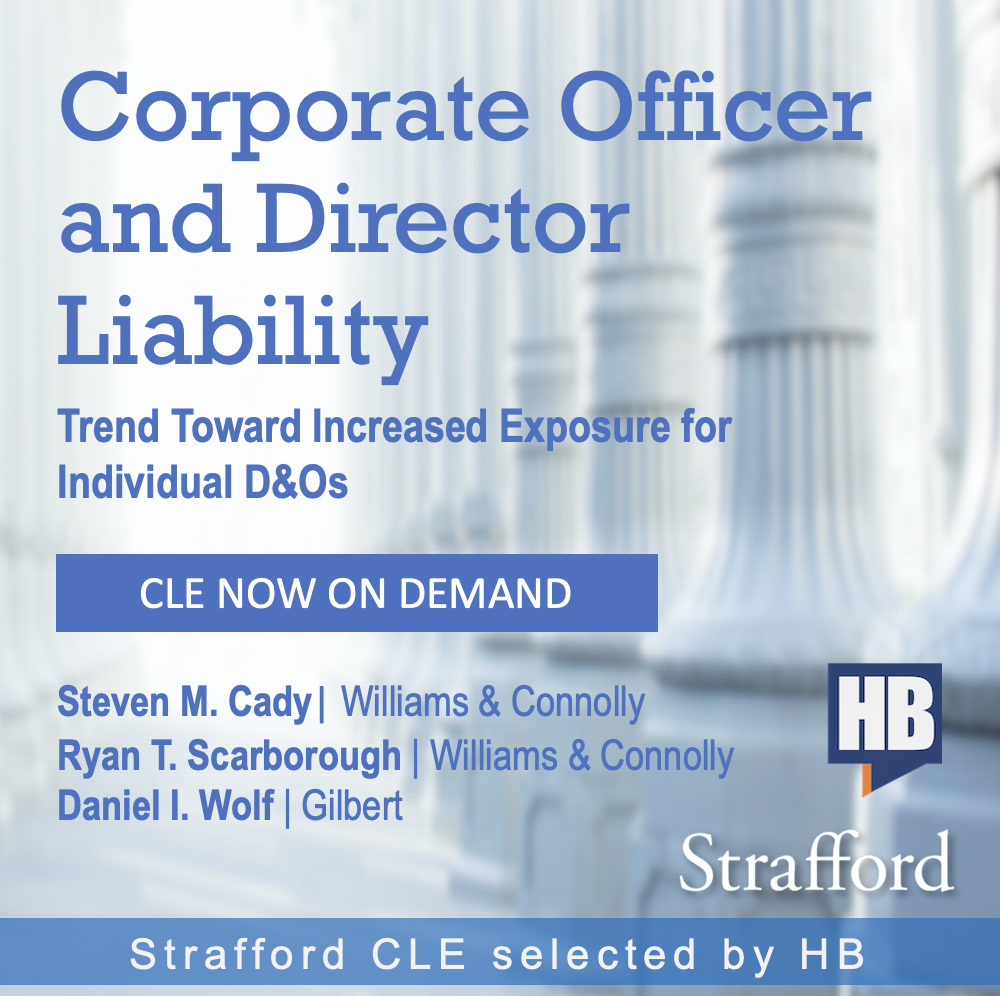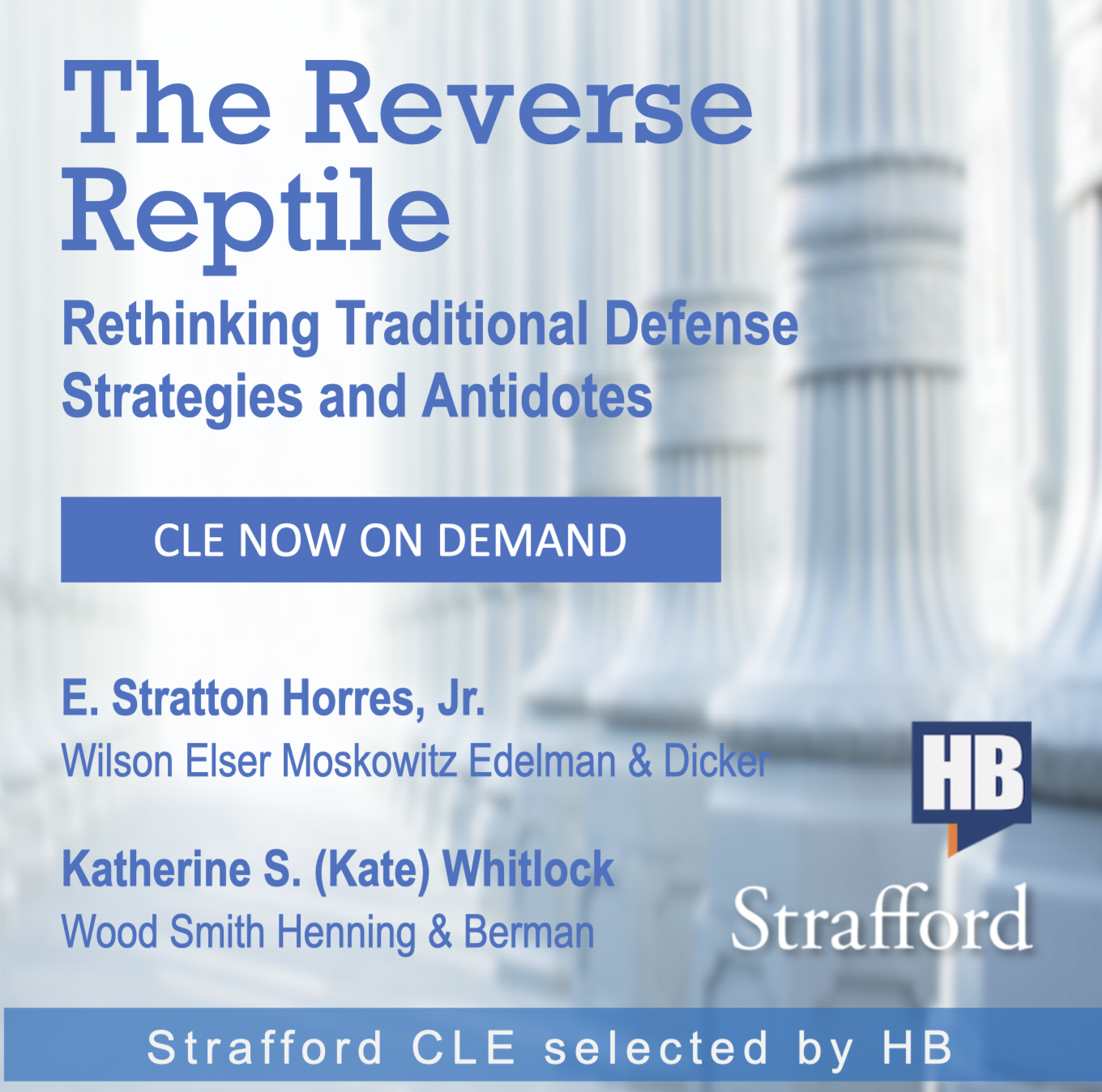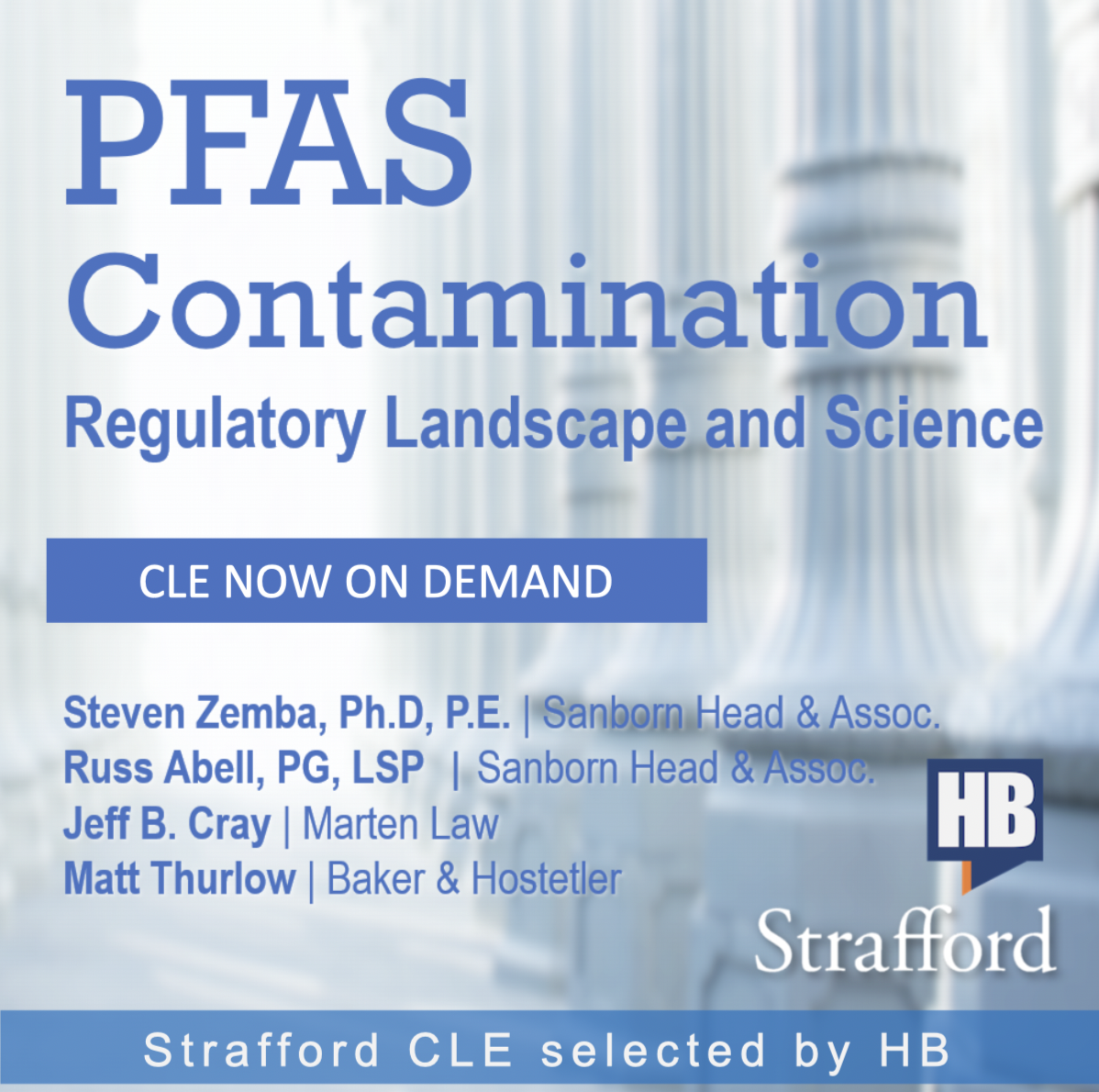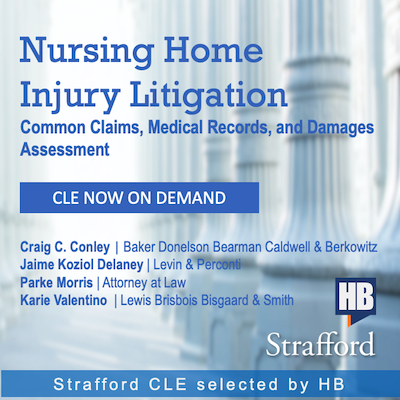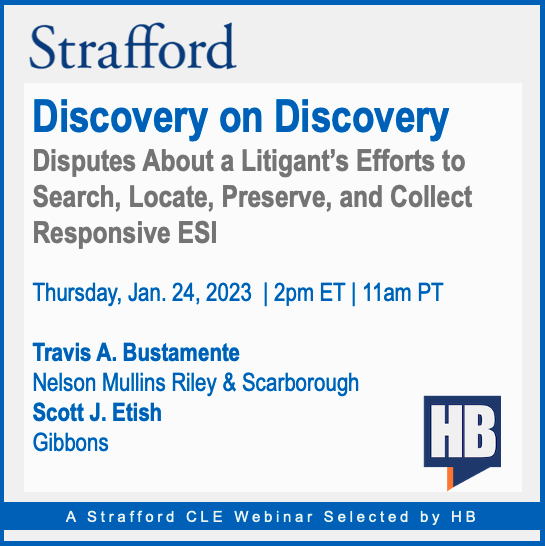Drafting Joint Defense Agreements: Protecting Privilege, Sharing Work Product, Avoiding Disqualification
Drafting Joint Defense Agreements: Protecting the Privilege, Sharing Work Product, Avoiding Disqualification Joint defense agreements can be a valuable tool for counsel representing co-defendants facing a variety of types of litigation, including intellectual property, securities, energy/environment, commercial litigation, antitrust, product liability, and mass torts. Joint defense agreements allow defendants to reduce costs and coordinate strategies, discovery, and filings.Joint defense agreements are not without risks, however.Sharing work product and confidential information among defendants--who are frequently also competitors--may expose and lead to future litigation among the co-defendants. Counsel considering entering into joint defense agreements must carefully scrutinize the pros and cons and establish preemptive safeguards to protect their client's interests and confidential information.Listen as our authoritative panel of experienced litigators examines the critical factors that parties contemplating a joiit defense argument must evaluate, the essential provisions of the deal itself, and strategies for meeting the legal ethics requirements related to joint defense agreements. Outline Considerations before entering a joint defense agreement Advantages and disadvantages Cost Participants What information to share Settlement issues Joint defense agreement Key provisions Provisions concerning disclosure Ethical considerations Conflicts of interest and potential disqualification Protecting privileged information Ethics opinions addressing joint defense A Strafford production specially selected for HB audiences. Caroline Covington Attorney Steptoe & Johnson The panel will review these and [...]

